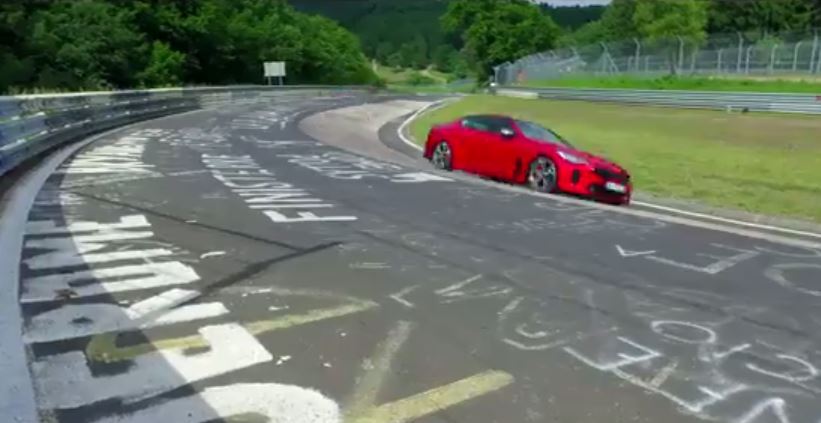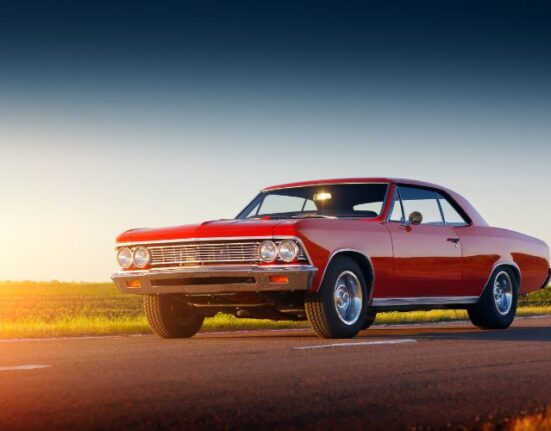The Kia Stinger is entering the final stages of its rigorous test and development regime before going on sale later this year. The test program – carried out worldwide, on-road and on-track – will ensure the car has the performance, reliability and dynamic sophistication to match its striking fastback design.
Aerodynamics: realizing the Stinger’s gran turismo design
Unveiled at the 2017 North American International Auto Show, the Stinger made a bold first impression. “The new Kia GT is a true gran turismo, a car for spirited long-distance driving,” explains Gregory Guillaume, Kia Motors Europe’s Chief Designer. “It’s not about outright power, hard-edged dynamics and brutal styling all at the expense of luxury, comfort and grace. The new GT has nothing to do with being the first to arrive at the destination – this car is all about the journey. It’s about passion.”
In realizing the Stinger’s production design – a fastback shape embodying grace, flair and dynamism – Kia’s designers were also guided by the company’s aerodynamics experts. In general, fastback bodies can pose more challenges during aerodynamic optimization compared to conventional designs. Therefore, close and intense collaboration is required between designers and aerodynamicists to realize the desired shape. Kia’s Frankfurt R&D centre used computational fluid dynamics (CFD) software to quickly test and validate different ideas to enhance the car’s aerodynamic profile, while retaining the fastback silhouette.
After four weeks of collaboration between designers and engineers, subtle design changes were introduced to improve air flow over the car. The bodywork was tapered slightly towards the rear of the car and new ‘gills’ were introduced behind the front wheel arches, each serving to reduce wake turbulence as air passed over the car’s flanks. A partially-flat underfloor cover, flowing into the rear diffuser, was deployed to reduce drag under the car, while the rear spoiler was remodeled with a slight ‘ducktail’ shape, reducing lift and increasing high-speed stability. At the front, larger horizontal cooling ducts were introduced to optimize brake cooling, and air inlets were shaped to reduce front-end lift. Finally, Kia’s aerodynamicists found that, by reducing the height of the rear of the roof, they could enhance the fastback’s ‘aerofoil’ shape and improve the Stinger’s aerodynamic efficiency at the same time.
Design finalized, the Stinger was ready for its first on-road tests.

















